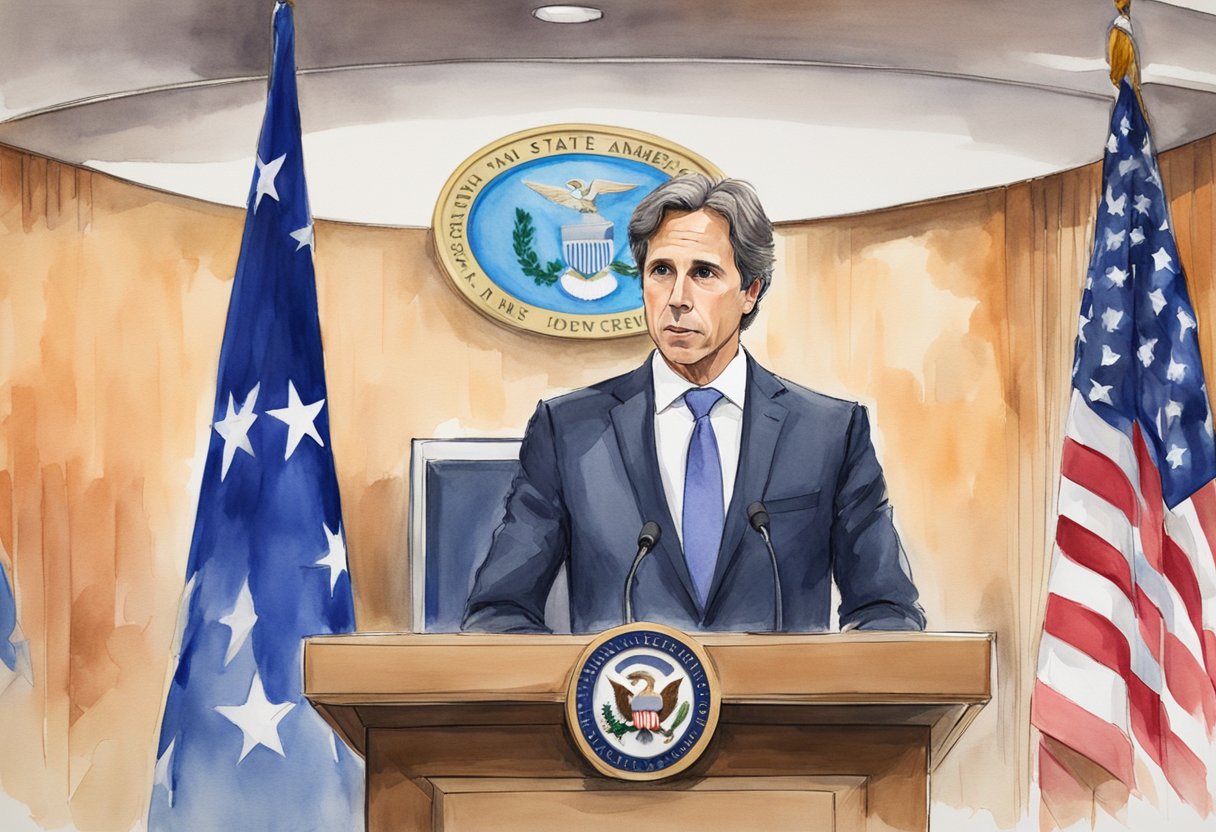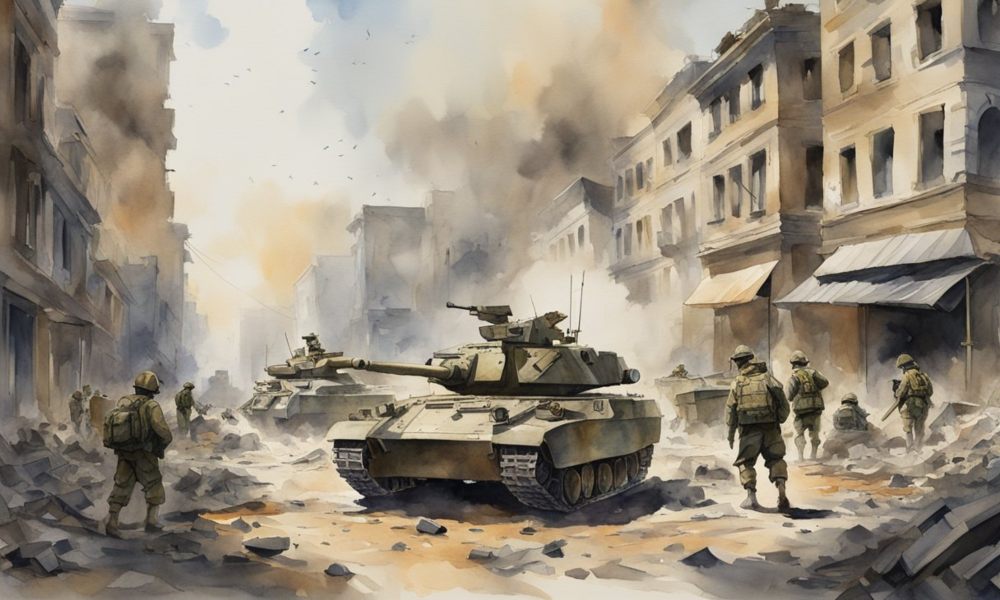America’s top diplomat warned that a major Israeli attack on the city of Rafah in Gaza could lead to chaos and anarchy.
America’s top diplomat warned that a major Israeli attack on the city of Rafah in Gaza could lead to chaos and anarchy.
Key points:
- U.S. Secretary of State Antony Blinken said an all-out Israeli assault on Rafah would not eliminate Hamas
- He cautioned it could provoke ongoing violence and insurgency, even if initially successful
- Blinken urged Israel to pursue a different strategy focused on security, governance, and rebuilding
Are you thinking of the following question: Why might a significant attack on Rafah lead to more chaos instead of peace?
Blink en’s Warning About Rafah Attack
Secretary of State Antony Blinken warned that if Israel launches a full-scale attack on the city of Rafah in southern Gaza, it could provoke anarchy. He said even if Israel has some early success, it would come at an “incredibly high cost” to civilians.
Blinken told CBS News that attacking Rafah would not permanently eliminate Hamas, the militant group that controls Gaza. He said many armed Hamas fighters would survive no matter what Israel does. This could lead to an “enduring insurgency” that Israel would struggle to control.
Call for Different Strategy in Gaza
Instead of a significant assault on Rafah, Blinken said the U.S. has been “working for many weeks” on plans for long-term security, governance, and rebuilding in Gaza. However, he said they have not seen Israel present a similar comprehensive plan.
The U.S. shares Israel’s goals of ensuring Hamas cannot govern Gaza, demilitarizing the region, and protecting Israeli citizens. But Blinken argued there is a “more effective and durable way” than a major military offensive to achieve these aims.
Growing Domestic Criticism in Israel
According to the BBC’s Middle East bureau chief, there is increasing criticism within Israel of the military strategy in Gaza. Some senior military officials have anonymously expressed concern about the lack of a clear political plan for resolving the conflict.
While Israelis solemnly marked Memorial Day honoring fallen soldiers, there are also worries about the human cost as the offensive continues. Over 130 Israelis have died since October, including soldiers killed in areas like northern Gaza that were supposedly cleared of Hamas months ago.
Families of captives held by Hamas in Gaza have angrily protested in the streets. With the war dragging on for 220 days so far, many Israelis question if the current tactics can truly defeat Hamas.
Conclusion
The ongoing violence in Gaza has displaced tens of thousands of Palestinian civilians and caused suffering on both sides. The U.S. hopes to avoid further anarchy by urging a different approach focused on long-term solutions.
However, some in Israel’s military believe their offensive must continue to suppress any Hamas regrouping, even after a ceasefire. With the human and political costs mounting, what strategy can finally resolve this long-running conflict?
















